Hard Disk Buying Guide
How to choose the right hard drive.
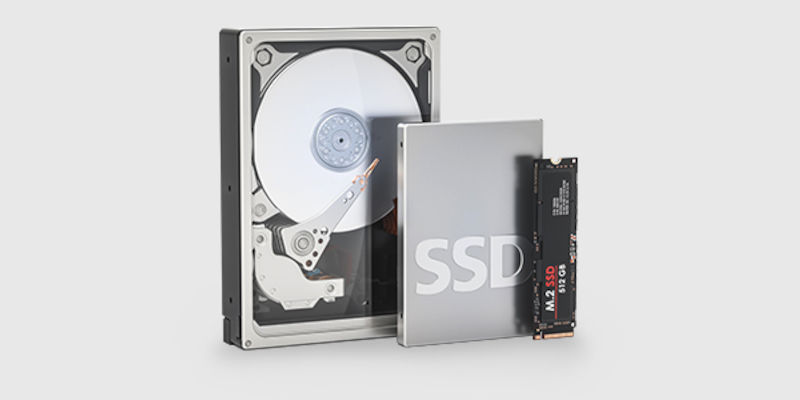
A hard disk drive is a storage device used to store data on magnetic media. It consists of a rotating disk and a read/write head that reads and writes data on the disk.
Hard disk drives are one of the most common data storage devices and are used in a variety of devices, such as computers, laptops, servers, and data storage devices.
They are available in various capacities, ranging from a few GB to many TB. The capacity of a hard disk drive determines how much data it can store.
When it comes to discovering the drives, we identify two main types based on their construction. The HDD and the SSD, but before we analyze them, we need to look at their most important characteristic.
Hard Disk Capacity: Find the size you need
The capacity of the hard disk depends on your needs. Disk capacities range from 500GB to over 12TB (1TB=1000GB) to meet even the most demanding storage needs. If you only store basic files, a 1TB or 2TB hard disk is sufficient. However, if you store many video, music, or photo files, you will need a hard disk with a larger capacity.
Skroutz Tip: For convenience, you can keep in mind that 1TB is equivalent to about 35 hours of Full High Definition (1080p) video or about 250,000 images.
HDD Drives (Hard Disc Drive)
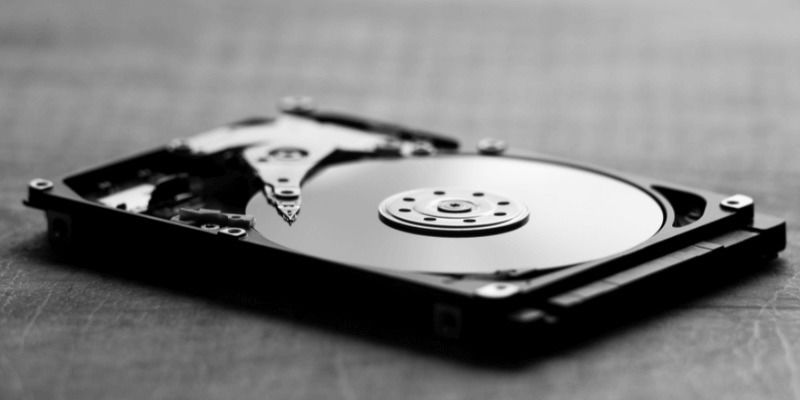
HDD disks are one of the oldest and most common forms of data storage in computers. Their operation is based on magnetic disks that rotate at impressive speeds in combination with a head that reads/writes data. Their speed is measured by the term RPM (rotations per minute) and the most common speed encountered is 7200 rpm. Due to the mechanical parts, this mechanism, besides being economical, also makes them more susceptible to damage compared to the other type we will see next.
Sizes
The sizes of HDD disks range from 2.5'' to 3.5'' depending on the application they are intended for. The 2.5'' disks are smaller and lighter than the 3.5'' disks and are usually used in laptops and other portable devices. The 3.5'' disks are larger and heavier than the 2.5'' disks and are usually used in desktops and servers.
Additionally, there are HDD hard drives that are intended for other applications besides simple file storage, such as security cameras (recording), PS4 consoles, and for servers or NAS (Network-Attached Storage) systems.
HDDs Hard Drives suitable for Desktop, Laptop, PS4
SSD Drives (Solid State Drive)
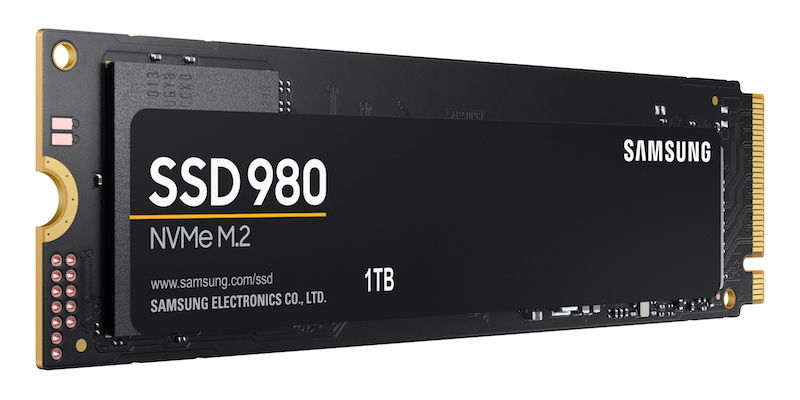
SSD are the evolution of HDD disks, replacing the mechanical parts with chips for reduced weight, damages, and increased response speed, with their characteristic faster PC boot up. The read/write head of SSD disks does not move, as it does in HDD disks. Instead, the read/write head is stationary and uses electrical signals to read or write data to the flash memory units.
Compared to HDD disks and proportionally to their capacity, they exhibit greater reliability, so we can say that SSDs are now the new standard.
Sizes
SSDs are mainly divided into 2 categories based on size. The 2.5-inch drives, which are the most common (compatible with older systems) and are connected using the SATA interface. Additionally, there are M.2 SSDs, which are used in newer PCs and laptops and are connected using either the SATA or PCIe interface. The uniqueness of M.2 SSDs is that they connect directly to the motherboard without the need for cables.
Similarly, M.2 SSDs are divided into 2 categories based on their speed. There are M.2 SATA SSDs and M.2 NVMe SSDs. The first ones have the same speeds as 2.5" SSDs, while the latter ones utilize the PCIe communication protocol for much faster speeds.
Skroutz Tip: To connect an M.2 SSD, make sure it is supported by your motherboard (has the corresponding slot).
PCIe 5.0
PCI Express 5.0 is the fifth generation of this technology and offers increased data transfer speeds compared to previous generations of PCIe, which is used in computers and other devices to transfer data between the individual components of the computer system.
PCIe 5.0 offers a maximum data transfer speed of 32 GT/s (Giga-transfers per second) per lane, providing twice the speed of PCIe 4.0. Additionally, it supports a larger bandwidth, allowing more devices to share the same PCIe connection without sacrificing performance.
SSD drives are the devices that benefit the most from PCIe 5.0. SSD drives use the PCIe interface to communicate with the processor and memory, so the higher speed of the PCIe 5.0 interface translates into faster performance for SSD drives.
Therefore, by purchasing such a drive, you automatically gain better performance in read and write speeds, up to 12.8 GB/s and 7.0 GB/s respectively, while also having the latest version of the PCI Express interface. To enjoy benefits such as faster application/file loading, data transfer, and faster computer startup, check here to find what suits you.
HDD Unit vs SSD Unit

SSD (solid state drives) and HDD (hard disk drives) are two different types of storage disks for computers. The main difference between them is the way they store and retrieve data.
Advantages of SSD:
- Higher operating speed
- Minimal weight/size
- Silent
- Lower power consumption
Disadvantages of SSD:
- Limited capacity
Advantages of HDD:
- They have larger capacities
- Easy to manage and repair
Disadvantages of HDD:
- Susceptible to damage
- Noisy
Skroutz Tip: For building a new or older system, prefer an SSD for the operating system and the programs you use the most, and an HDD for larger capacity and storage of large files that you don't access on a daily basis.
External Hard Drives
If you want to transfer school assignments or have all your photos stored in one place, you can prefer to buy an external hard drive. The only difference is that the external one is designed to stay outside the case and can be connected to any PC you want via a simple USB cable.
Both HDD and SSD drives come in external versions and different sizes. If you want an external drive for frequent and fast data transfers, then prefer an SSD. If you just want to use it as a backup, the HDD will do the job and be more economical.
Skroutz Tip: In case you have an extra internal drive (of any type) from an upgrade, you can convert it into an external one by purchasing the appropriate case to protect it.
Hard Drive Performance
Data transfer speed
Data transfer speed refers to the maximum rate at which a disk can read or write data. Many factors determine the performance of a traditional hard disk drive (HDD), but rotations per minute (RPM) are important. Higher rotations (RPM) mean faster data transfer to and from the disk unit. However, it also means more friction and reduced lifespan. Of course, rotations do not apply to SSDs. For them, the maximum read and write speed is measured.
The newer generation of USB connection, such as USB 3.2, means faster data transfer speeds! Check the ports supported by your computer to make sure you can take full advantage of them.
Finally, if you often need to connect internal drives (HDD or 2.5" SSD) externally (via USB) to your computer, then a hard disk docking station will be particularly useful for you.
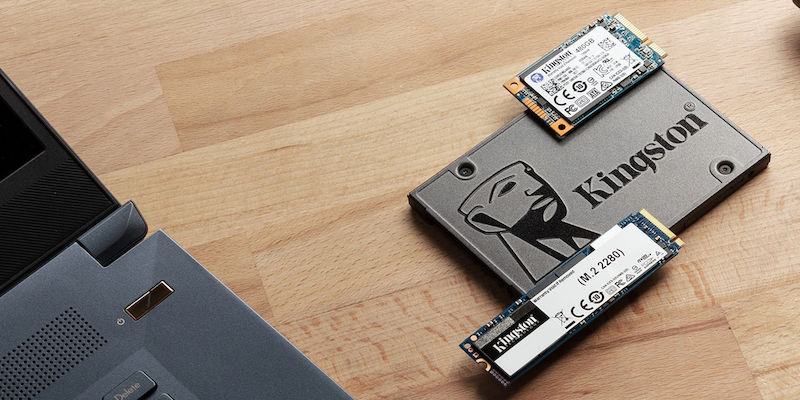
Temporary Storage Space
When an HDD needs to transfer data from one part of the disk drive to another, it uses a special area of embedded memory called cache (or buffer).
A larger cache memory allows data to be transferred faster, as more information can be stored simultaneously. Modern HDDs can have cache sizes ranging from 8MB to 512MB.
Cache memory does not apply to SSDs.
NAND Flash Memory
NAND Flash Memory is a type of computer memory used for data storage on electronic chips. NAND Flash Memory is used in a variety of devices such as USB flash drives, SSDs, memory cards, portable device memory, and phone memory.
Unlike DRAM memory, which needs to be constantly powered to maintain information, flash memory retains data even when the power is turned off. In recent years, the cost of NAND flash has dropped significantly, making SSDs, or solid state drives, a common choice as an upgrade from traditional mechanical hard drives as the primary storage method. This is fantastic for various reasons - SSDs have no moving parts like a traditional hard drive, making them faster, more durable, so data is not destroyed if they fall, and they consume less power than a traditional hard drive, extending battery life, etc.
There are various types of NAND Flash Memory, which differ in the way they store data on chips. The most common types are:
- Single-level cell (SLC) NAND: SLC NAND can store one bit of data in each memory cell. It is the fastest and most durable form of NAND Flash Memory, but it is also the most expensive.
- Multi-level cell (MLC) NAND: MLC NAND can store two bits of data in each memory cell. It is less expensive than SLC NAND, but it offers lower speed and lifespan.
- Triple-level cell (TLC) NAND: TLC NAND can store three bits of data in each memory cell. It is the least expensive form of NAND Flash Memory, but it offers the lowest speed and lifespan.
- Quad-level cell (QLC) NAND: QLC NAND can store four bits of data in each memory cell. It is even less expensive than TLC NAND, but it offers even lower speed and lifespan.
- 3D NAND: 3D NAND Flash Memory can store up to 100 times more data, has lower cost, and is faster than traditional 2D NAND Flash Memory.

Which type of NAND Flash Memory is better for hard drives?
The best choice of NAND Flash Memory type for hard drives depends on your needs. If you require the fastest possible performance, a hard drive with MLC or SLC NAND is the best choice. If you need greater storage capacity at an affordable price, a hard drive with TLC NAND is the best choice.
Gaming and Hard Drives
HDD Hard Drives Compatible with PS4
Check out the differences in SSD and HDD in the highly discussed Starfield
PC gaming
In PC gaming, the speed of the disk plays a role in the loading and loading screens of games, while during gameplay there is no difference. If you want the fastest possible loading time for your games, choose an SSD. On the other hand, if you don't mind it taking a little longer and want more space for your game library, get a 7,200rpm HDD with larger capacity.
- Read Speed 7300 MB/s
- Write Speed 6000 MB/s
- Maximum 4KB Random Write 800K IOPS
The FireCuda 530 with heatsink offers a minimalist design, an anodized aluminum body, and a micro-textured surface for improved heat transfer and lower SSD temperatures, making it extremely efficient in maximum cooling to maintain maximum performance for longer periods of time. The FireCuda 530 is compatible with PS5™ consoles and meets the performance and size specifications of the PS5.
M.2 SSD Installation Guide for PS5
Playstation and XBOX
When it comes to console gaming, devices like Playstation and XBOX allow their users to replace their existing disks or add external ones to increase their memory. Each console and its version have separate requirements and compatibilities, so before you proceed to purchase an additional disk, carefully read the user manual from the manufacturer's corresponding page.
Playstation 5 and SSD
In addition to the built-in SSD it already has, the PlayStation 5 also features a slot for storage expansion. The PlayStation 5 now has the ability to expand its internal storage space through a firmware update by adding an M.2 NVMe SSD to the system.
Storage expansion on the PlayStation 5 is a good option if you need more storage capacity for your games.
Skroutz Tip: It is important to note that games installed on the external SSD will need to be copied to the built-in SSD in order to be executed.
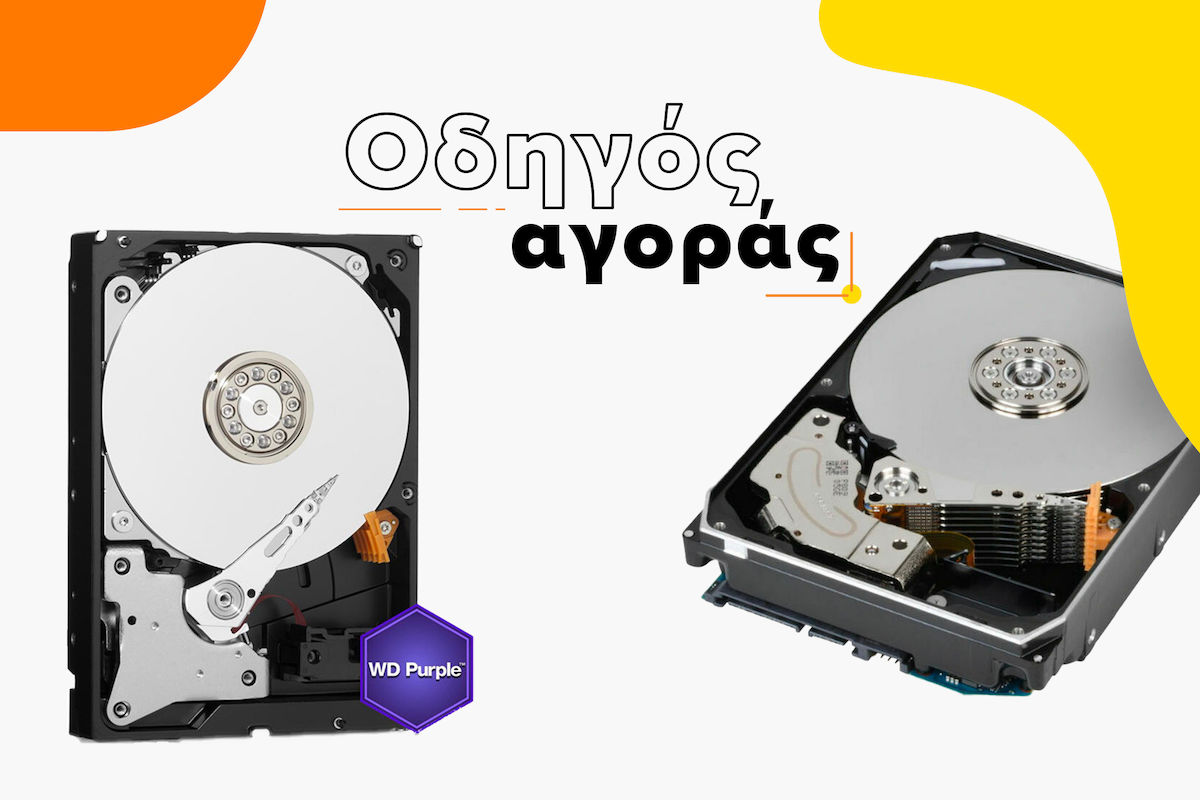












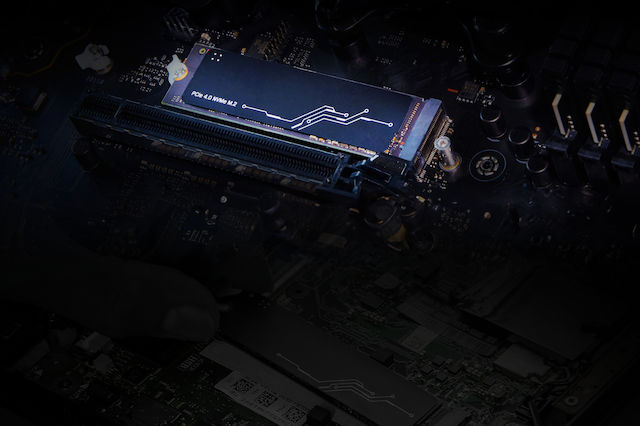

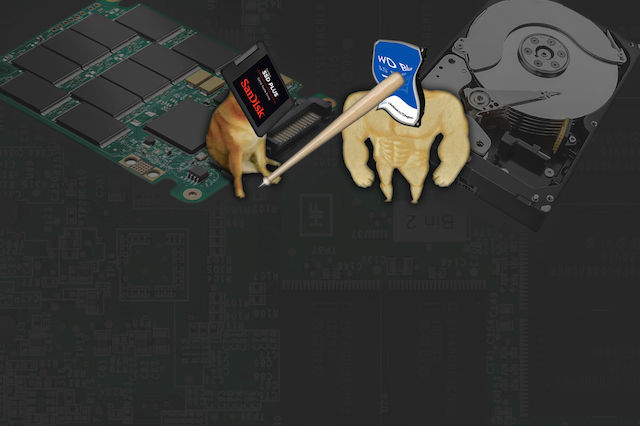

Be the first to leave a comment!